Table of Contents
If you’re looking for a small, fluffy, and affectionate companion, the Bolognese dog breed might be the perfect fit for you. Originating from Italy, this toy dog is part of the bichon family and is known for its pure-white, curly coat and calm, devoted personality.
Despite being a relatively rare breed, the Bolognese dog has been gaining popularity in recent years due to its charming appearance and gentle nature. While they may be small in size, Bolognese dogs are big on personality and make loyal companions for families and individuals alike.
Key Takeaways
- The Bolognese dog is a small, fluffy, and affectionate toy dog breed originating from Italy.
- Despite being a rare breed, the Bolognese dog has been gaining popularity due to its charming appearance and gentle nature.
- Bolognese dogs make loyal companions for families and individuals who are looking for a small, devoted, and calm companion.
History and Origin of Bolognese Dog
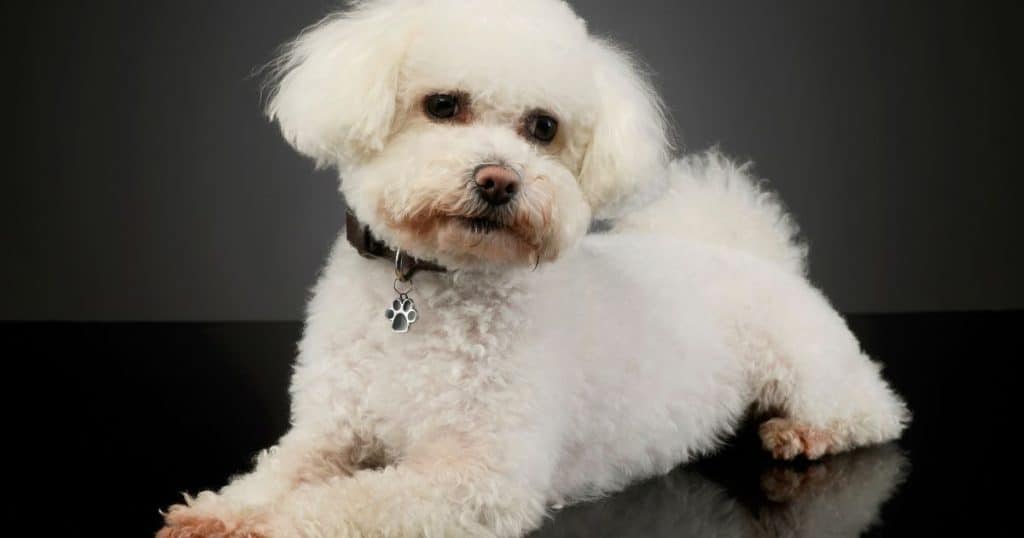
If you’re a fan of fluffy dogs, then you’ll love the Bolognese dog. This adorable breed is known for its long, fluffy white coat and friendly personality. But where did this breed come from? Let’s take a closer look at the history and origin of the Bolognese dog.
The exact origin of the Bolognese dog is somewhat of a mystery. However, we do know that the breed has been around for centuries. It’s believed that the Bolognese is an ancient breed that originated in Italy. In fact, the breed is named after the Italian city of Bologna.
During the Renaissance period, Bolognese dogs were popular among the wealthy and noble families of Italy. They were often kept as lap dogs and were prized for their affectionate nature. Catherine the Great of Russia was also a fan of the Bolognese breed and owned several of these dogs.
Despite its popularity, the Bolognese dog almost went extinct in the 20th century. However, a group of dedicated breeders worked to revive the breed, and it’s now recognized by the American Kennel Club.
Today, the Bolognese dog is still a beloved companion animal. These dogs are known for their calm and docile personalities, making them great pets for families and individuals alike. If you’re considering adding a Bolognese to your family, be prepared for lots of love and cuddles from your furry friend.
In conclusion, the Bolognese dog is an ancient breed that originated in Italy and was popular among the wealthy during the Renaissance period. Despite almost going extinct in the 20th century, the breed has been revived and continues to be a beloved companion animal today.
Physical Characteristics
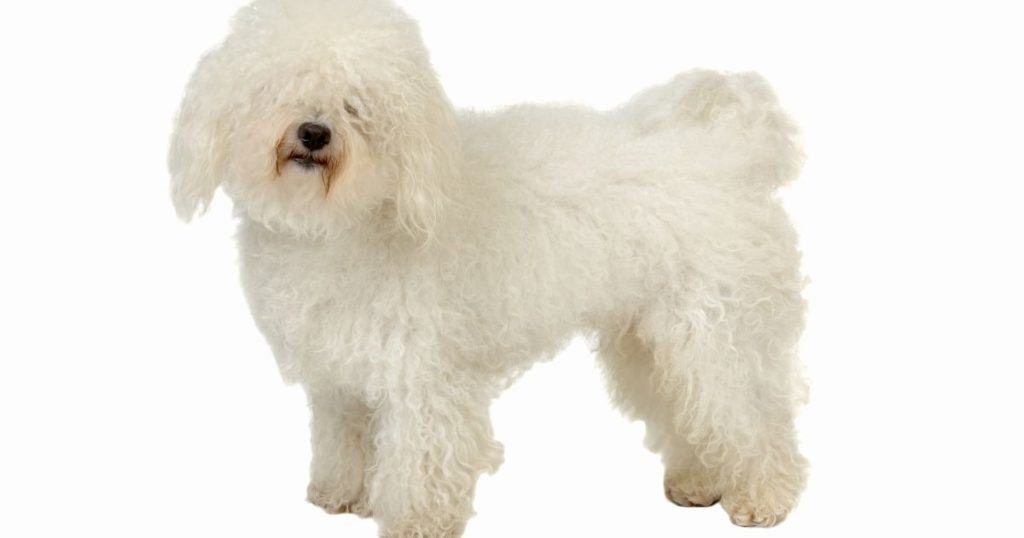
If you’re considering getting a Bolognese dog, it’s essential to know about their physical characteristics. This breed is small, with a fluffy white coat that is long and curly. Below are some of the key physical characteristics of the Bolognese breed.
Size and Weight
Bolognese dogs are small, with a stocky, square build. They typically weigh anywhere from 5 to 9 pounds, making them a great choice for those who want a small dog.
Coat and Colors
The Bolognese has a long, fluffy, pure white coat that falls in long ringlets on the body and shorter on the face. Their coat is cotton-like and curly, which makes them hypoallergenic. This breed doesn’t shed much, making them a great choice for those with allergies.
Height
The Bolognese typically stands between 10 to 12 inches tall. They are a small dog breed and make great lap dogs due to their size.
Overall, the Bolognese is a beautiful breed with a unique look. They are small, with a long, fluffy white coat that is hypoallergenic, making them a great option for those with allergies. They are also a small dog breed, making them a great choice for those who want a lap dog.
Temperament and Behavior
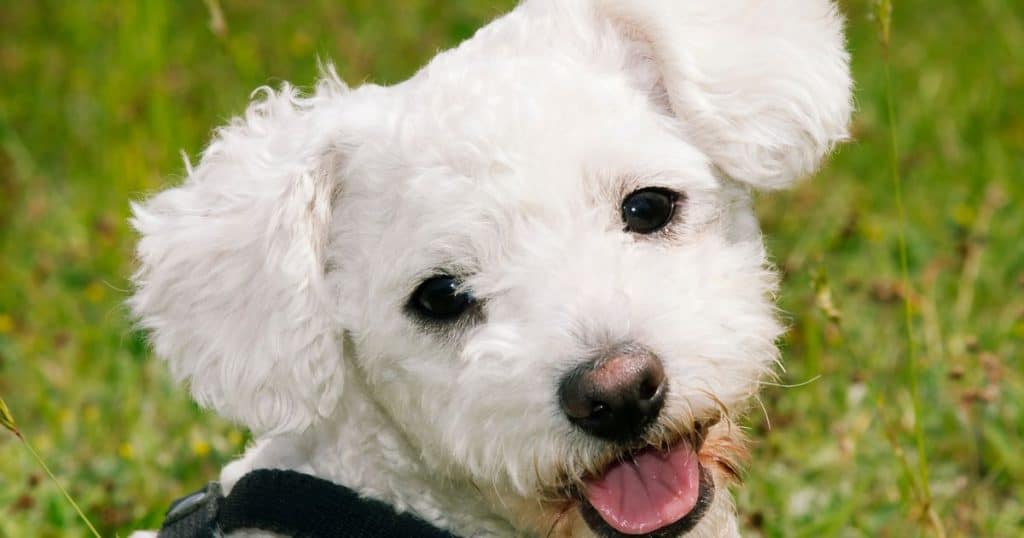
When it comes to temperament, the Bolognese dog breed is known for being playful, affectionate, and calm. They have a reserved and sometimes shy personality, but they are also faithful and easy-going. Bolognese dogs love people and are polite in their interactions with strangers. They have a low prey drive and are generally well-behaved around other animals.
General Personality
Bolognese dogs are known for their gentle and loving nature. They are loyal to their owners and enjoy spending time with them. They have a playful personality and love to play with their toys. They are also intelligent and can be trained easily. Bolognese dogs are not high-energy dogs, but they do enjoy going for walks and playing in the yard.
Interaction with Children and Other Pets
Bolognese dogs are great with children and make excellent family pets. They are gentle and patient with kids and love to play with them. They are also good with other pets, including cats and other dogs. However, it is important to supervise their interactions with other animals, especially if they are smaller than the Bolognese.
Barking and Noise Level
Bolognese dogs are not known for being excessive barkers. They may bark to alert their owners to strangers or other animals, but they are not known for barking for no reason. They have a low noise level and are generally quiet dogs.
In summary, the Bolognese dog breed is known for its playful and affectionate personality. They are great with children and other pets and have a low noise level. They are loyal and easy-going, making them excellent family pets.
Training Your Bolognese Dog
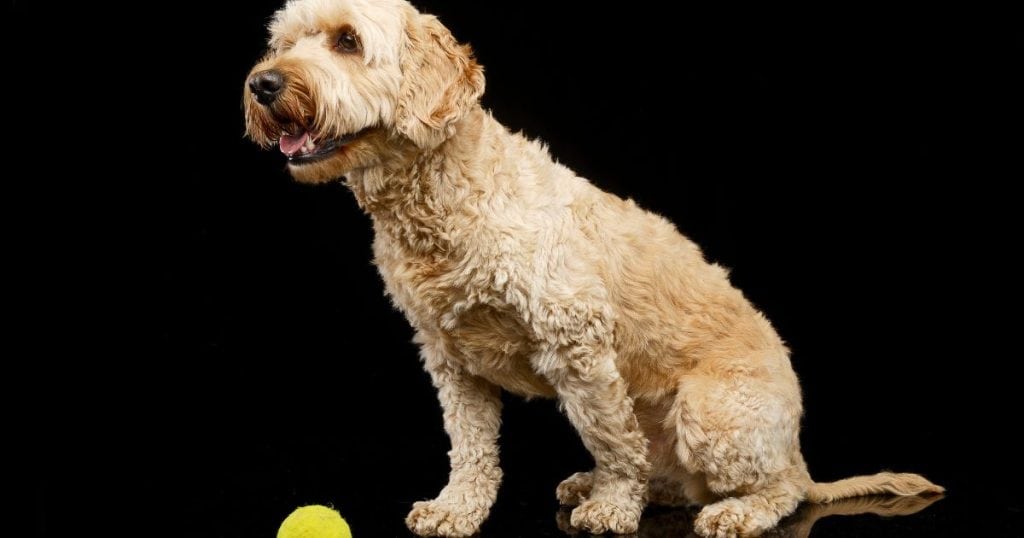
Training your Bolognese dog is a crucial part of ensuring a happy and healthy relationship between you and your furry friend. Here are some essential things you need to know when training your Bolognese dog.
Obedience Training
Obedience training is a vital part of training your Bolognese dog. It involves teaching your dog basic commands such as sit, stay, come, and heel. Positive reinforcement is an effective way to train your Bolognese dog. Reward your dog with treats and praise when they obey your commands. Consistency is key when training your Bolognese dog. Train your dog in short sessions, and repeat the commands until your dog obeys them.
Socialization
Socialization is also an essential part of training your Bolognese dog. Socializing your dog from an early age will help them become more comfortable around people and other animals. Take your Bolognese dog to dog parks, walks, and other social events to help them get used to different environments. Introduce your dog to new people and animals in a controlled environment to ensure their safety.
Dealing with Potential Separation Anxiety
Bolognese dogs are known to have separation anxiety, which can be a challenging behavior to deal with. Separation anxiety is when your dog becomes distressed when left alone. If your Bolognese dog has separation anxiety, try to leave them for short periods and gradually increase the time. Provide your dog with toys and treats to keep them occupied when you’re not around. You can also seek the help of a professional dog trainer to help you deal with this behavior.
In conclusion, training your Bolognese dog requires patience, consistency, and positive reinforcement. Obedience training, socialization, and dealing with potential separation anxiety are essential parts of training your Bolognese dog. By following these tips, you can ensure a happy and healthy relationship with your furry friend.
Health and Care

When it comes to taking care of your Bolognese dog, there are a few things you need to keep in mind. In this section, we will discuss the grooming needs, exercise needs, and common health issues of the Bolognese breed.
Grooming Needs
The Bolognese has a unique curly, ruffled white coat that grows upward on the top of the head. This coat requires regular brushing and combing to prevent matting and tangling. You should brush your Bolognese coat at least once a week using a slicker brush and a metal comb. You should also trim your Bolognese nails regularly to prevent them from getting too long.
Exercise Needs
The Bolognese is a small dog with a moderate energy level. They require daily exercise, but they do not need a lot of space to run around. A daily walk and some playtime indoors or in a small yard should be enough to keep your Bolognese happy and healthy.
Common Health Issues
The Bolognese is generally a healthy breed, but like all dogs, they can be prone to certain health issues. Some common health issues that Bolognese dogs may face include:
- Patellar Luxation: This is a condition where the kneecap slips out of place, causing pain and discomfort.
- Eye Problems: Bolognese dogs may be prone to eye problems such as cataracts or progressive retinal atrophy.
- Dental Problems: Small dogs like the Bolognese are more prone to dental problems such as gum disease and tooth decay.
To keep your Bolognese healthy, it is important to schedule regular check-ups with your veterinarian and to keep up with their vaccinations and preventative care.
Adopting a Bolognese Dog
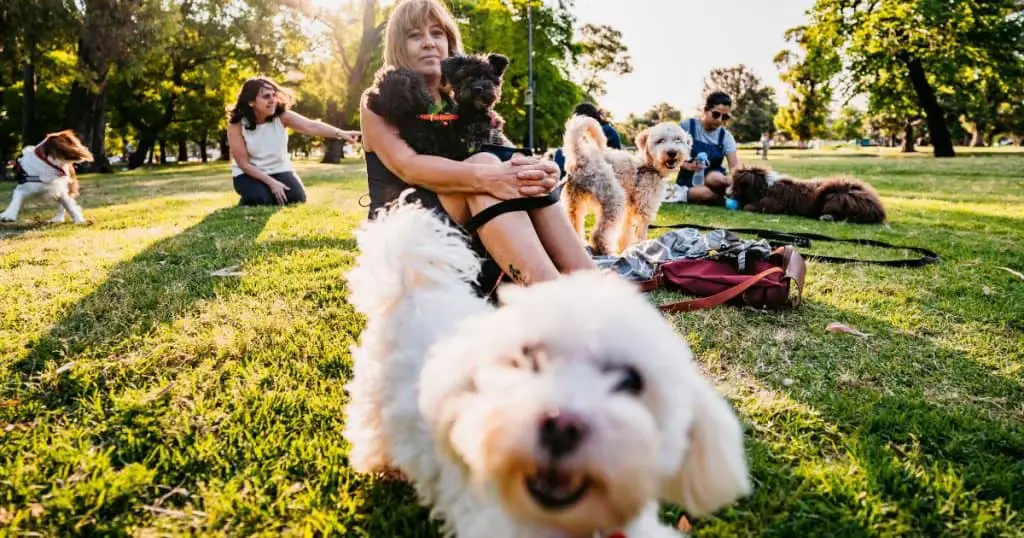
If you’re considering adopting a Bolognese dog, there are several options available to you. Whether you’re looking for a puppy or an adult dog, you can find a Bolognese that fits your needs. In this section, we’ll discuss two of the most common ways to adopt a Bolognese dog: through a reputable breeder and through a rescue group or shelter.
Finding Reputable Breeders
One way to adopt a Bolognese dog is through a reputable breeder. A reputable breeder is someone who is knowledgeable about the Bolognese dog breed, breeds dogs for health and temperament, and is dedicated to the betterment of the breed. When looking for a breeder, it’s important to do your research and find someone who meets these criteria.
To find a reputable breeder, you can start by contacting the Bolognese Club of America. They can provide you with a list of breeders who are members of the club and who adhere to their code of ethics. You can also search for breeders online or attend dog shows to meet breeders in person.
When you find a breeder, make sure to ask questions about their breeding program, the health testing they do on their dogs, and the socialization they provide for their puppies. You should also ask to see the puppies’ parents and the facilities where they are raised. A reputable breeder will be happy to answer your questions and provide you with the information you need to make an informed decision.
Rescue Groups and Shelters
Another option for adopting a Bolognese dog is through a rescue group or shelter. Rescue groups and shelters take in dogs who have been abandoned, surrendered, or are in need of a new home. Adopting a dog from a rescue group or shelter is a great way to give a dog a second chance at a happy life.
To find a Bolognese dog in a rescue group or shelter, you can search online or contact your local animal shelter. You can also contact the Bolognese Club of America, as they may be able to provide you with information about Bolognese-specific rescue groups.
When adopting a dog from a rescue group or shelter, it’s important to ask questions about the dog’s history, temperament, and any medical issues they may have. You should also spend time with the dog before adopting them to make sure they are a good fit for your family and lifestyle.
No matter how you choose to adopt a Bolognese dog, it’s important to do your research and find a reputable breeder or rescue group. By taking the time to find the right dog and the right source, you can ensure that you and your new pet will have a happy and healthy life together.
Bolognese Dog in Popular Culture
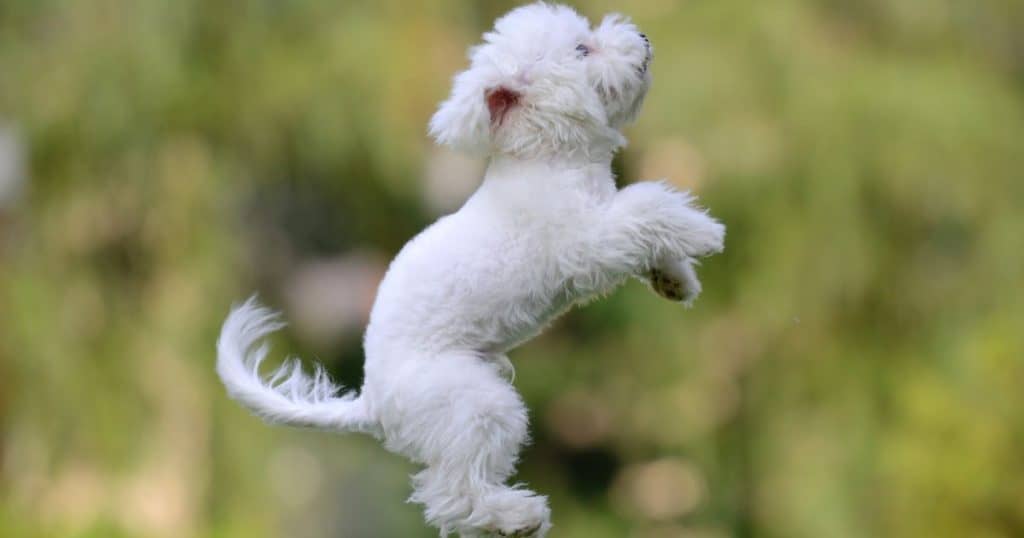
The Bolognese dog has made its way into popular culture in various forms. From art to dog shows, this charming breed has captured the hearts of many.
One of the most notable appearances of the Bolognese dog in popular culture is in art. The breed has been depicted in paintings dating back to the 16th century. Artists such as Titian and Goya have included these fluffy white dogs in their works. The Bolognese’s adorable appearance and friendly personality make them the perfect subject for artists.
In addition to art, the Bolognese dog has also made an appearance in dog shows. The breed is recognized by the American Kennel Club and is a member of the toy group. Bolognese dogs are known for their long, pure-white coats and friendly personalities, making them a popular choice for dog shows.
Authors have also included Bolognese dogs in their works of fiction. In the book “The Bolognese Dog and All About It,” author George Raper describes the breed’s history and characteristics. The book was first published in 1905 and is still popular among Bolognese enthusiasts today.
In England, the Bolognese dog has made an appearance at the prestigious dog show, Crufts. The breed has been shown in the toy group category and has garnered attention for its adorable appearance and friendly personality.
Overall, the Bolognese dog has made its way into popular culture in various forms. From art to dog shows, this charming breed has captured the hearts of many.
Bolognese Dog as a Family Pet
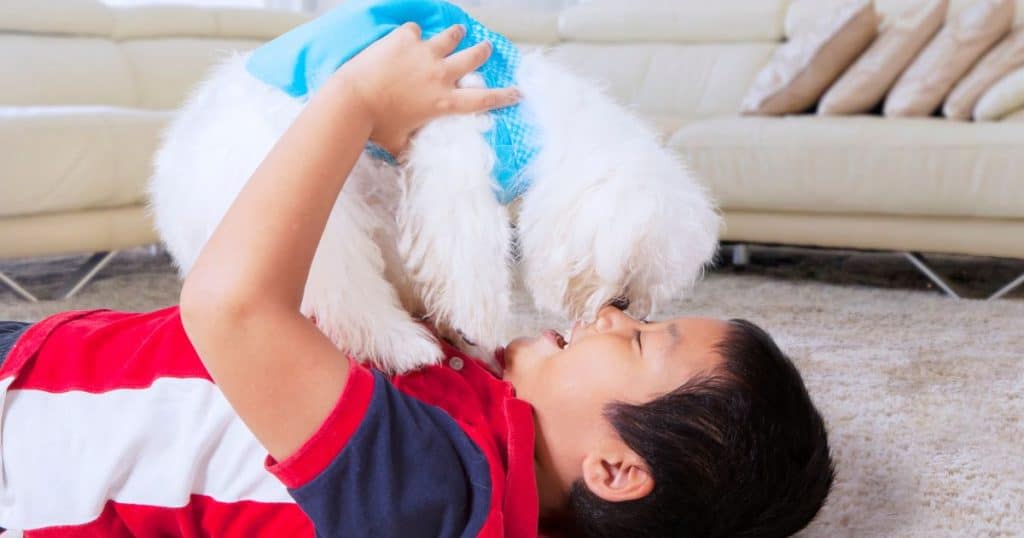
If you’re looking for a friendly, medium-sized dog that is great with children and families, the Bolognese dog may be the perfect fit for you. This breed is known for its calm and gentle nature, making it an excellent companion for families with children.
One of the benefits of owning a Bolognese dog is that they are hypoallergenic, which means they are a great choice for allergy sufferers. Their low-shedding coat is easy to care for and requires only occasional grooming.
Bolognese dogs are also known for their companionship and love to be around people. They make great family pets, as they are good with children and other animals, including cats.
When it comes to care, Bolognese dogs are relatively low-maintenance. They require regular exercise, such as daily walks, but don’t need a lot of space to run around. They also need a healthy diet and regular veterinary check-ups to ensure they stay healthy and happy.
Overall, the Bolognese dog is an excellent choice for families looking for a friendly and low-maintenance pet. Their hypoallergenic coat, calm demeanor, and love of companionship make them a great addition to any household.
Comparing Bolognese Dogs with Other Breeds
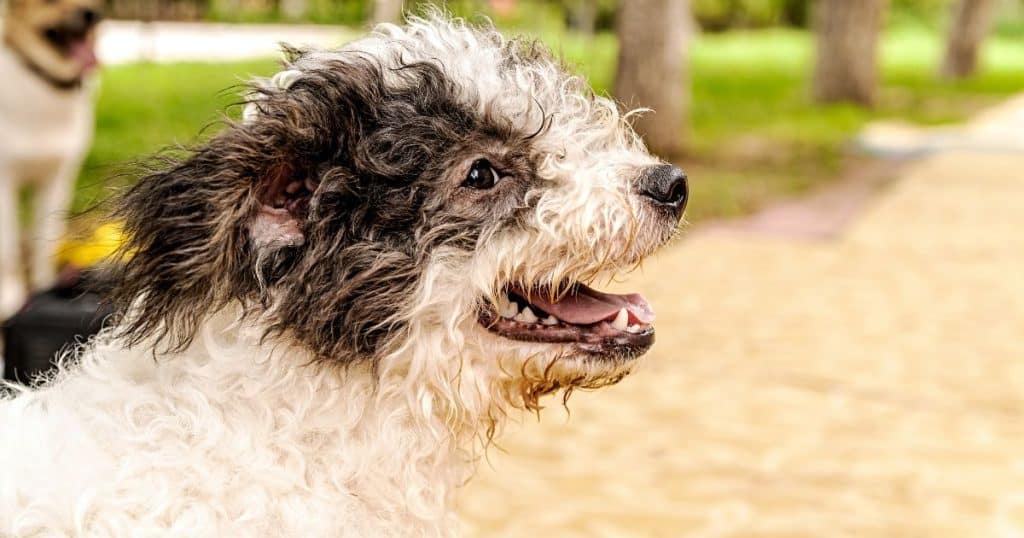
If you are considering getting a Bolognese dog, you may be wondering how it compares with other similar breeds. Below, we will compare the Bolognese with the Bichon Frise, Maltese, and Coton de Tulear.
Bolognese vs Bichon Frise
The Bolognese and Bichon Frise are both small, white, and fluffy toy dogs that make excellent companion pets. However, there are some differences between the two breeds. The Bolognese is slightly larger and has a more substantial build than the Bichon Frise. Additionally, the Bolognese has a unique curly, ruffled white coat that grows upward on the top of the head, while the Bichon Frise has a more tightly curled coat. In terms of temperament, the Bolognese is known for being independent and lovey-dovey, while the Bichon Frise is known for being outgoing and playful.
Bolognese vs Maltese
The Bolognese and Maltese are both small, white, and fluffy companion dogs that have been popular for centuries. While they share some similarities, there are also some differences between the two breeds. The Bolognese is slightly larger and has a more substantial build than the Maltese. Additionally, the Bolognese has a unique curly, ruffled white coat that grows upward on the top of the head, while the Maltese has a long, silky coat that hangs straight down. In terms of temperament, the Bolognese is known for being independent and lovey-dovey, while the Maltese is known for being lively and playful.
Bolognese vs Coton de Tulear
The Bolognese and Coton de Tulear are both small, white, and fluffy companion dogs that have a loyal following. However, there are some differences between the two breeds. The Bolognese is slightly larger and has a more substantial build than the Coton de Tulear. Additionally, the Bolognese has a unique curly, ruffled white coat that grows upward on the top of the head, while the Coton de Tulear has a long, cottony coat that is usually white or black and white. In terms of temperament, the Bolognese is known for being independent and lovey-dovey, while the Coton de Tulear is known for being affectionate and playful.
Overall, the Bolognese is a unique and loveable breed that makes an excellent companion pet. While there are some similarities between the Bolognese and other similar breeds, the Bolognese has its own unique characteristics that set it apart.
FAQs
What are some small white dog breeds similar to the Bolognese?
If you’re looking for a small, white, and fluffy companion, you might want to consider the Maltese, Havanese, or Coton de Tulear. These breeds share similar characteristics with the Bolognese, such as their affectionate and playful nature.
What are some pros and cons of owning a Bolognese dog?
Pros of owning a Bolognese dog include their loyalty, intelligence, and adaptability to different living situations. They are also hypoallergenic and don’t shed much. However, they can be prone to separation anxiety and require regular grooming.
What is the average weight and size of a Bolognese dog?
Bolognese dogs are small and typically weigh between 5 and 10 pounds. They stand about 10 to 12 inches tall at the shoulder.
Where can I find Bolognese dog puppies for sale near me?
You can find Bolognese dog puppies for sale through breeders, rescue organizations, and online marketplaces. Be sure to do your research and choose a reputable breeder or organization to ensure the health and well-being of your new pet.
What distinguishes a Bolognese dog from a Bichon Frise?
While Bolognese dogs and Bichon Frises share similar appearances, there are some differences between the two breeds. Bolognese dogs are smaller and have a more square-shaped head, while Bichon Frises are slightly larger and have a rounder head. Bolognese dogs also have a thicker coat and a more reserved personalities compared to the outgoing and playful Bichon Frise.
Are Bolognese dogs known to be yappy?
Bolognese dogs are generally not known to be yappy, but like any breed, they can develop barking habits if not trained properly. Early socialization and training can help prevent excessive barking and other behavior issues.

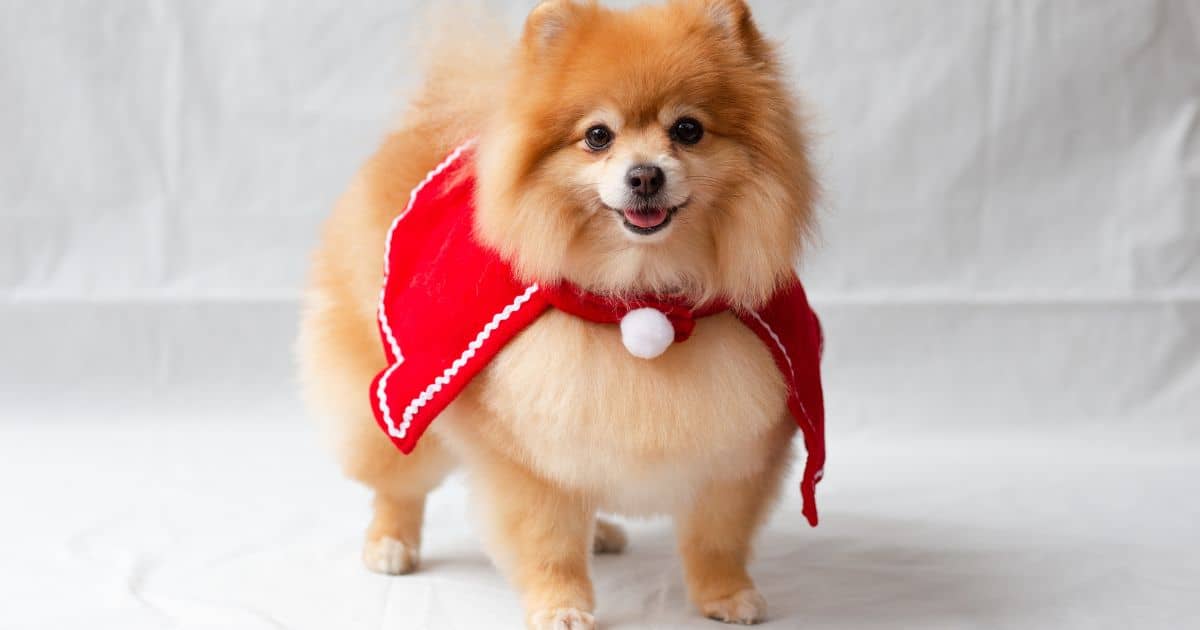
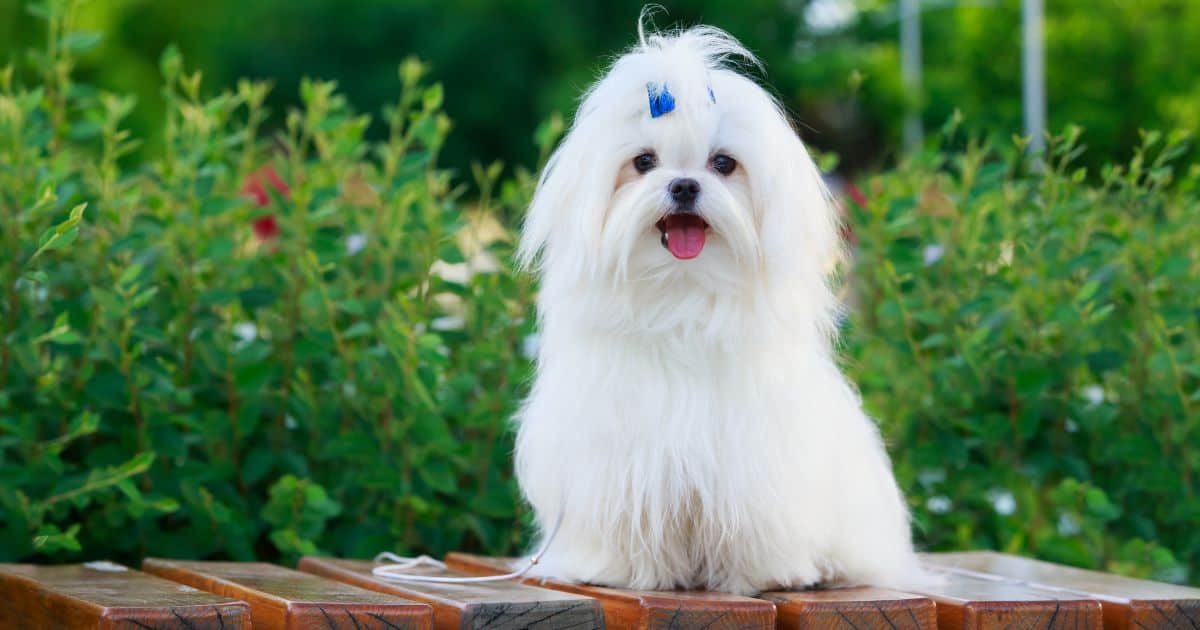
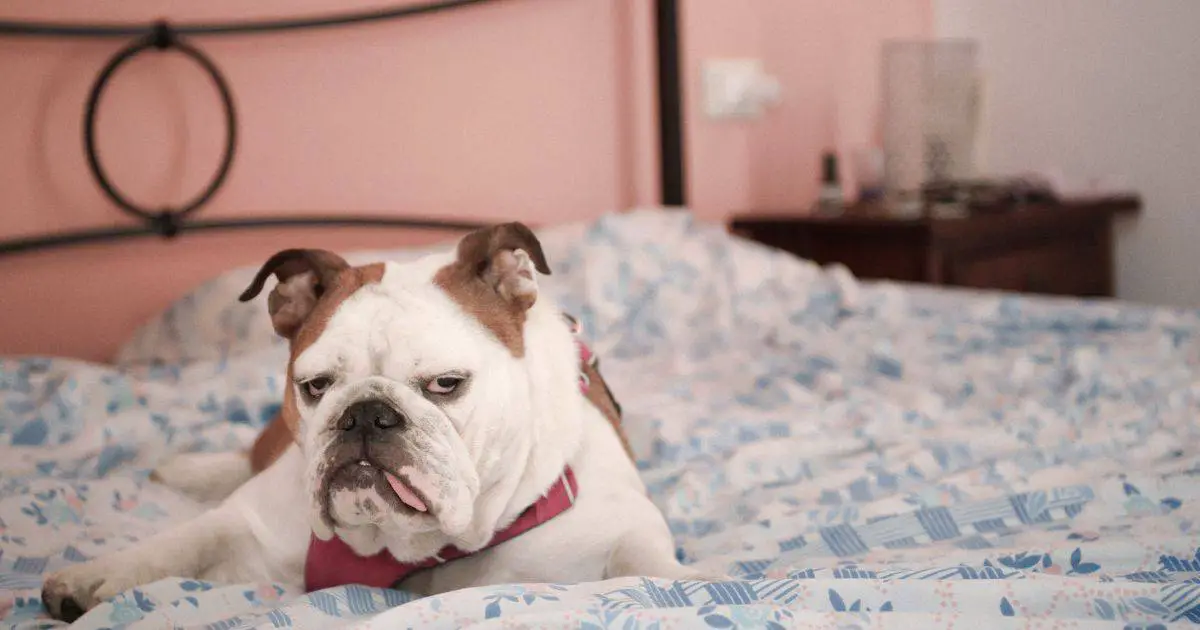
Leave a Reply
You must be logged in to post a comment.